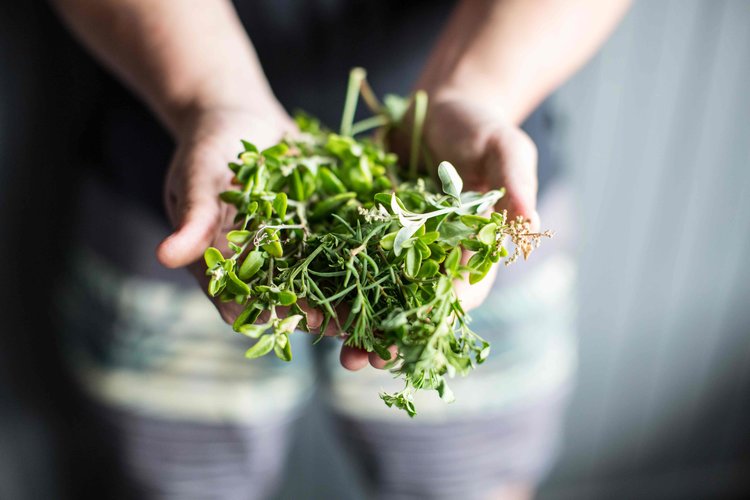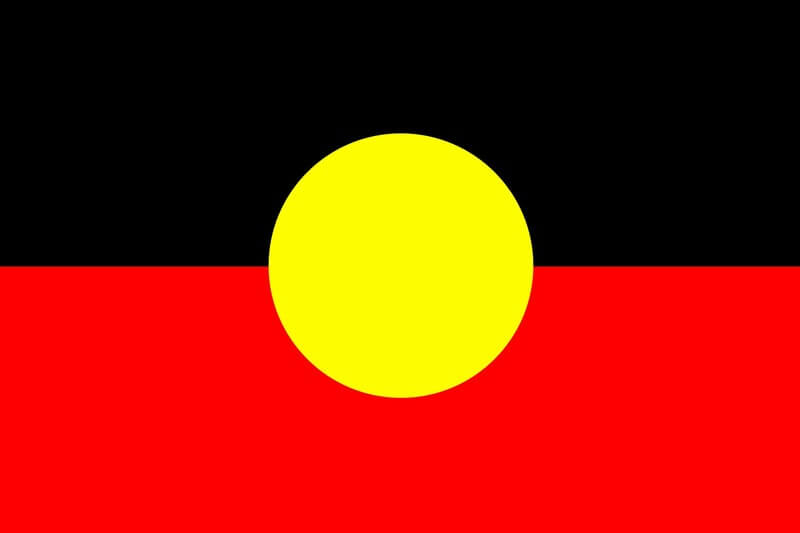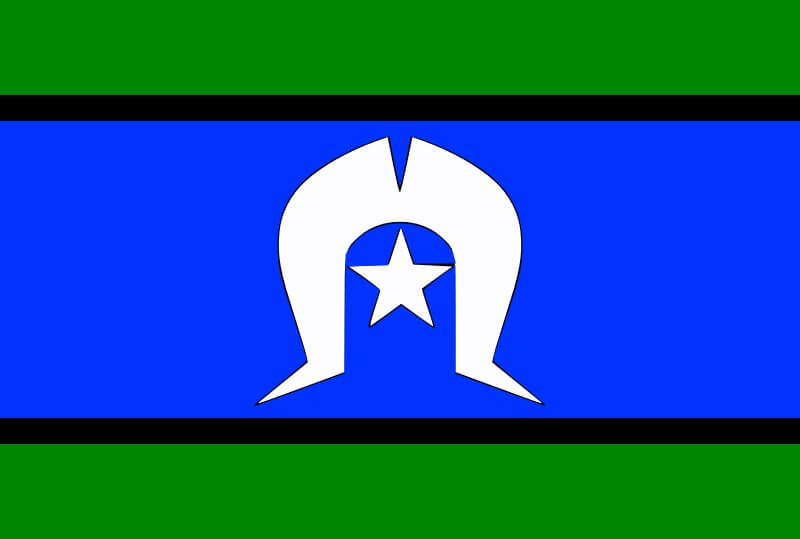Totally wild - how to forage for wild food in the Illawarra

Originally a method of food collection for indigenous populations, foraging for wild food has found its way into culinary culture and is now embedded in the practices of many high-level chefs. Using wild food as not only an ingredient, but as a means of connecting their food to the landscape that surrounds them, Australian chefs have also begun an education in the traditions of indigenous cultures and are using wild food as a tool to develop a uniquely Australian cuisine.
The Illawarra – a loose translation of a Dharawal word meaning “high place by the sea” – has a landscape as diverse as it is beautiful. From the pine forests at the top of the escarpment, to the twisted vines that crawl their way through its mountainside. Across rolling coastal dunes and into the living and breathing rockpool and mangrove ecosystems, the Illawarra is an abundant world of wild food – you just have to scratch the surface. We’ve enlisted the help of three of Wollongong’s top chefs to tell us more. Tom Chiumento and Simon Evans from Caveau Restaurant and Andy Burns from Babyface Kitchen give us their tips on where to go, what to gather and how to use it.
Pine mushrooms
Also known as saffron milk caps, pine mushroom foraging is a feast for the senses – meaty and delicious, these beauties are a gem. “Autumn is pine mushroom season,” explains Simon, “where there are pine trees, there can be pine mushrooms – they live in symbiosis. When the temperature drops and you get some rain and humidity you’ll see them popping up.”
“And they’re delicious,” adds Tom, “you could have them simply sautéed in some butter, or dehydrate them to preserve them, they’re pretty versatile.” When foraging mushrooms, be sure to have someone experienced to help you gather the right ones. There is a range of poisonous fungi, which live beneath the pines so safety and positive identification is paramount.
Beach greens
A morning stroll to the beach will take you right past an abundance of dune dwelling wild food, you just have to know what to look for. “Warrigal greens are a beach staple,” says Andy. “There’s so much of it around – it’s a coastal spinach, a bit salty. Just sauté the leaves like you would regular spinach, it’s delicious,” he says. “Saltbush is another great one,” adds Tom, “there’s heaps around Fairy Meadow Beach, you can add small amounts of it to meat or fish and it will work as a natural seasoning.” Other beach greens of the Illawarra include things like samphire, sea blite and beach mustard – coastal succulents, all high in natural salinity. They make a great addition to any stir-fry, can be paired with a protein or used to season a soup or sauce.
Seaweed
The Illawarra coast is studded with rocky points, all undulating with rockpools and tidal shelves. Wading through these areas you can even make use of the array of seaweed species which grow where the water hits the rocks. “Seaweed is something that’s really important for us to start eating more of,” Simon says. “They’re very nutritious, they’re sustainable and completely abundant. You can eat all seaweeds, but like all wild foods you just have to learn how to work with them.”
“We use a bit of sea lettuce in the restaurant,” adds Andy. “I head to the north facing rock platforms on low tide and grab it from the pools.”
Bush fruits & flowers
As you climb to the heights of the Illawarra escarpment, the subtropical rainforest is littered with an array of bush fruits and flowers. Harder to find than some of their beach-dwelling counterparts, these ingredients may take some work in the kitchen to realise their full potential. Tom explains, “Bush tomato is a small, bitter tomato, with a slight natural sweetness – you have to learn which cooking techniques to apply to get the best out of them. You can find wild strawberries up on the mountain also. They’re sweet and delicious when they’re in season. We forage wild garlic flowers up there too.”
Urban foraging
Wild foods may pop up where you least expect them. Median strips, shopping mall garden beds, or your own backyard might be a microcosm of edible food. “We forage lemon myrtle from Crown Street Mall – it’s fantastic for teas or giving a bright citrus element to your dishes,” says Simon. Andy adds, “I grab lillypilly from the carpark of my local grocer. It’s a beautiful purple berry; they’re quite sweet and acidic. You can make a jam from them, we pickle them and make vinegars in the restaurant, they’re a really cool ingredient and you see them everywhere.”
“Nasturtiums are the darlings of finicky chefs at the moment,” explains Simon. “They grow everywhere. The leaves and flowers are both edible, quite peppery like rocket – you can add them to any salad.”
For a deeper look at wild food in the region, listen to episode 5 of The Gong Show podcast. Get the podcast here.
Source: https://www.coalcoastmagazine.com/blog/totallywild






